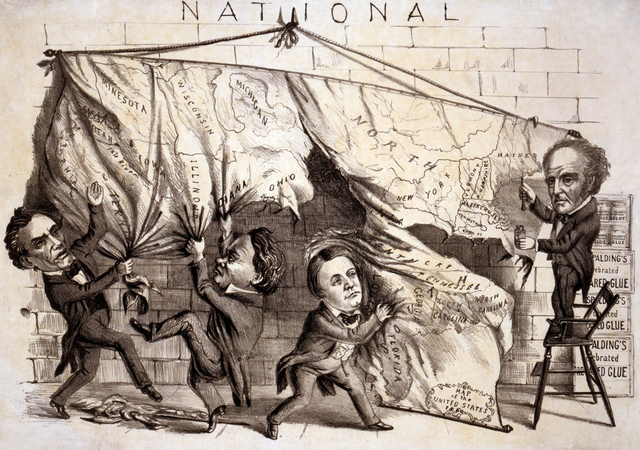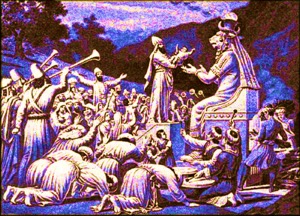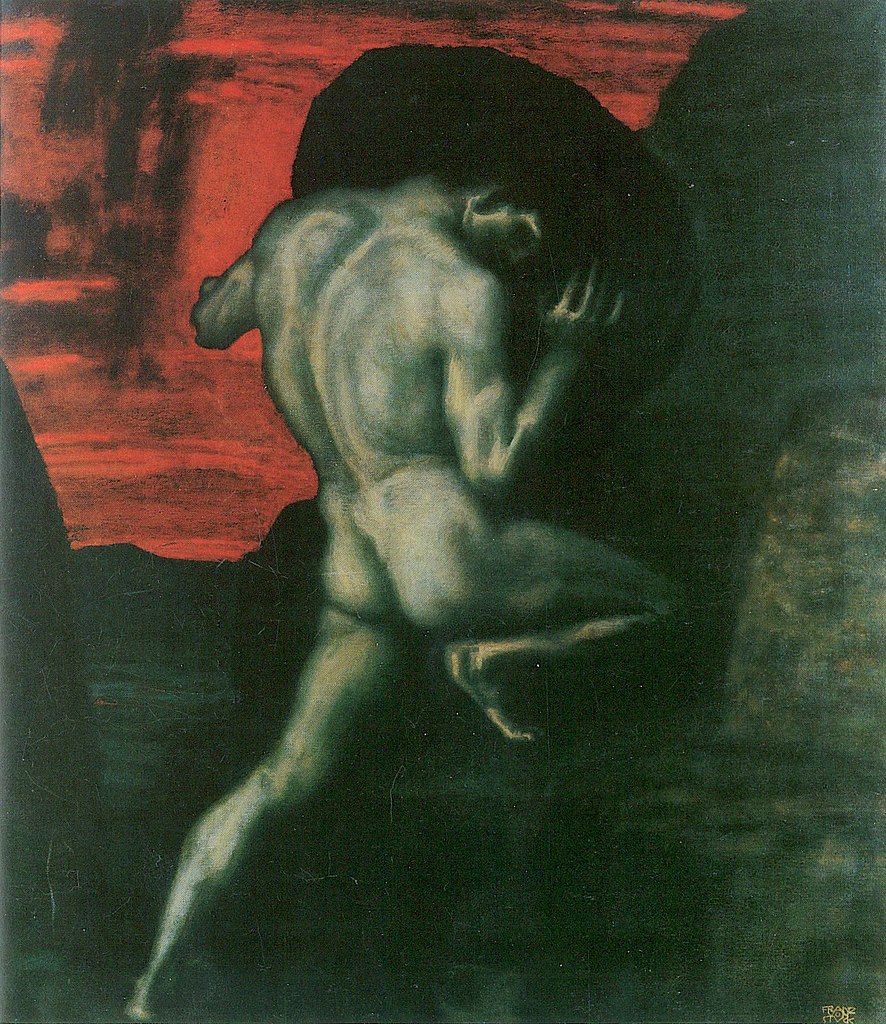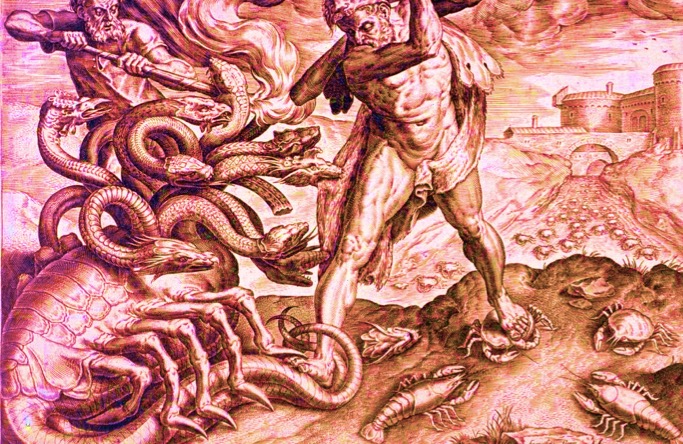To win, the Right must distinguish anti-Americanism from anti-racism.
How Multiculturalism Deflects Its Critics

Its ideologues are careful to conceal their transformation of higher education into an anti-Western, post-American seminary.
Ryan Williams’ terse comments on multiculturalism and American education, with which I concur, are, however, vulnerable to a criticism. How do we know that this portrait of the academy is accurate?
I imagine that the readers of this essay would be ready, for the most part, to assent to the idea that the academy has become a “seminary of anti-Americanism.” We are met every day with new instances of conservative or traditionally liberal faculty members attacked by their administrations or by students; ideologically motivated shout-downs and disinvitations; ever-more inventive bureaucratic maneuvers to ensure conformity of thought, such as having students evaluate the “diversity and inclusion” performances of their instructors at the end of each course. The tide of such outrages never seems to ebb, even in the wake of President Trump’s executive order on campus free speech. The impression is that the left has achieved near total dominance over American higher education, with a handful of hold-outs such as Hillsdale College and Grove City College.
But an impression, even one backed by numerous specific instances, isn’t always trustworthy. Higher education has numerous and well-placed defenders who dismiss the portrait of higher education I have been sketching as a right-wing illusion or an outright lie. The Left’s ripostes have to be taken seriously—because, so far, they have worked.
Multiculturalist Camouflage
After all, there are some three thousand colleges and universities in the country and hundreds of thousands of teachers, courses, and textbooks that bear on these questions. If here and there some professors get overly enthusiastic in their rage for historical or social justice, such defenders say, that doesn’t mean they have created a “seminary of anti-Americanism:” they have simply acted to correct the falsehoods that have pervaded the flag-waving pseudo-history that has always dominated America’s classrooms. Moreover, say these defenders of the current academic order, the spirit of the academy is intellectual openness and fervent regard for “critical thinking.” It is far from the intention of current faculty and administrators to impose an orthodoxy on anyone, they tell us.
These defenses of the university are for the most part camouflage intended to hide campus realities from those looking in from the outside. On the campus itself, few go to the trouble to deny that the contemporary university has positioned itself as an antagonist to traditional American values.
This doesn’t necessarily mean that overwhelming numbers of faculty are fully on board with the multiculturalist agenda. Many privately dissent from the America-rotten-to-the-core agenda, but these dissenters tend to be dispersed among the departments and powerless among the academic potentates. The radicals dominate the committees, the councils, and the senates, and they are favored by the administrations—administrators themselves being heavily recruited from the progressive activist class.
The faculty at Yale, who singularly failed to stand up for Nicholas Christakis when he was attacked for his wife’s Halloween costume memo, were not Jacobins looking for the opportunity to trundle a liberal aristocrat to the executioner’s block. They were I’m-minding-my-own-business shopkeepers afraid that the radical mob would turn on them next.
Because intimidation works so well inside the university, leftist camouflage works even better in disguising present realities from parents and alumni, who end up seeing little of what multiculturalism hath actually wrought. College marketing produces masterpieces of misdirection: Typical campus racial apartheid shows up as racial amity; bare-knuckled Antifa-style thuggery is transformed into spirited volunteering; and the relentless barrage of progressive propaganda somehow comes off as thoughtful exchanges of ideas.
The campus left prefers to rule its regime through a “who-me?” disingenuousness. But if its positions are seriously challenged, it turns to blistering ad hominem attacks on the challengers—those benighted few who cling bitterly or deplorably to the old standards. We are sophisticated enough these days, they say, to see through the old supposed ideals of free inquiry, scholarly disinterestedness, and institutional neutrality to the machinations of the powerful interest groups that lurk behind them.
Demonstrating Multiculturalism
So can we prove any of this? Capturing this picture by way of examples is easy, but demonstrating its pervasiveness more difficult.
I can remember as long ago as the early 1970s my undergraduate college (Haverford) creating a center for multicultural affairs, and encountering the idea again during a short stint at Rutgers in an intercultural affairs council. The radicalization of the idea of cultural difference has been a work in progress on campus for at least half a century. Via the “diversity” doctrine that took hold in a serious way in the late 1980s, so-called cultural differences gradually became the touchstone of campus ideology: a post-liberal ideology made for the age of grievance politics. The exact paths by which it leached out to broader American society were the subject of my 2003 book Diversity: The Invention of a Concept, in which I described how “the original American ideals of equality and freedom were subordinated to the brand new ideal of respect for group differences.”
I have spent the last decade attempting to demonstrate the problem through a series of studies: The Vanishing West (on the disappearance of Western Civilization Survey courses); What Does Bowdoin Teach? (on the replacement of liberal education by illiberal ideology that markets itself as liberal education); Beach Books (an annual series tracking how colleges assign vapid contemporary political writing for freshmen); Making Citizens (on the rise of a “new civics” which replaces learning about our republic with practical training in political activism); Sustainability (which details the embrace of environmental extremism by thousands of colleges and universities); Inside Divestment (which tracks the nationally coordinated movement to use students to pressure colleges to divest from fossil fuels); The Disappearing Continent (which examines the College Board’s erasure of liberty and the pursuit of religious freedom from the teaching of European history); Outsourced to China (which details how the Chinese ministry of propaganda found willing partners at more than 100 American universities willing to sponsor “Confucius Institutes”); The Irreproducibility Crisis of Modern Science (which examines the ease with which the sciences have been persuaded to pronounce unreliable findings that generally favor progressive regulatory agendas); Charting Academic Freedom (on the hundred-year history of progressively watered-down defenses of disinterested intellectual inquiry); and Neo-Segregation At Yale (the first of a series, Separate But Equal Again, tracing how American colleges and universities are lending themselves to race-nationalist policies on campus).
In one sense, all these studies and reports are all part of one large project: to document with unimpeachable detail and thoroughness the transformation of American higher education into an instrument of anti-Western, post-American thought and feeling.
Naming the Enemy
Some of the proponents of that transformation cheerfully embrace these ideas in words quite similar to those I have used here. They embrace “transformation” as did President Obama; they extol socialism as do Bernie Sanders and Elizabeth Warren; they write off the “deplorables,” as did Hillary Clinton; or they teach world history, American Studies, Gender Studies, or a dozen other academic specializations all premised on the unique awfulness of our country and our civilization.
Ryan Williams and the Claremont Institute now give a name to this larger phenomenon: multiculturalism. I agree a single name was lacking. “Multiculturalism” can fill the gap.
One strike against it is overfamiliarity. Many will hear it and wrongly assume that we critics are taking umbrage against the easy flow of life among disparate groups in our complex society or that we stand against traditional standards of respect and toleration of differences. That would be the opposite of what’s intended.
It is the cultural Left that denounces what it calls “cultural appropriation” and attempts to silo ethnic groups off from one another. Multiculturalism in the sense that Williams intends it is the doctrinal side of identity politics—that assertion that the cultural differences among sub-groups are so profound that any but the most superficial understandings across such sub-groups is impossible. Multiculturalism is the name we give that hair-trigger willingness to take offense at the slightest presumption that we understand one another if skin color or ethnic heritage stand in the way.
Diversity and multiculturalism might be distinguished as principle and practice, but in any case, they are sibling ideas. Multiculturalism lends itself somewhat better to describing an emergent regime, since diversity still clings to a vague sense of mutual accommodation among America’s dissimilar groups. Multiculturalism more directly endorses the confrontational approach that is dissolving whatever is left of our common bonds.
The American Mind presents a range of perspectives. Views are writers’ own and do not necessarily represent those of The Claremont Institute.
The American Mind is a publication of the Claremont Institute, a non-profit 501(c)(3) organization, dedicated to restoring the principles of the American Founding to their rightful, preeminent authority in our national life. Interested in supporting our work? Gifts to the Claremont Institute are tax-deductible.
Militant evangelists for ruling-class values rotted our foreign policy out from the inside.
Today’s fraudulent multiculturalist faith fragments society—and fractures the psyche.
The multiculturalists know who they are and what they want. Do We?
The progressive Left's cluster of demands is an ideological deformity, not a comprehensive doctrine.
The legalists’ logic of proliferating special classes destroys their fantasy of social unity.






